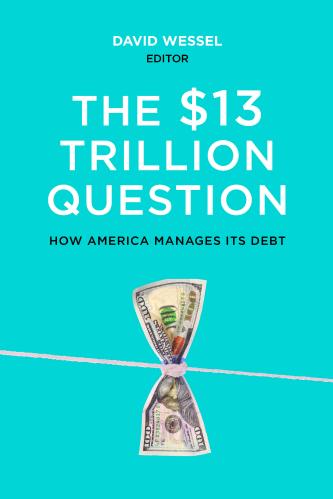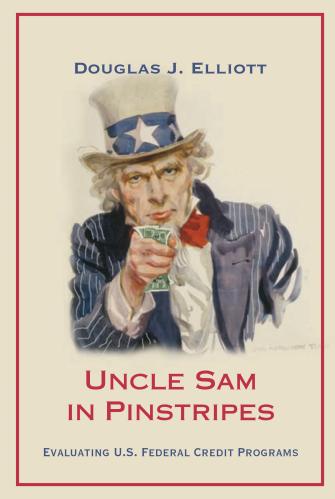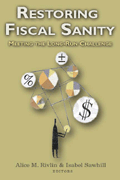Studies in this week’s Hutchins Roundup find that tariff reductions in developed and developing countries in the 1990s promoted knowledge creation, the Fed’s large-scale purchases of agency mortgage-backed securities during 2008-2010 increased refinancing volumes, and more.
Trade liberalization in the 1990s contributed to knowledge creation
Using a novel dataset on firms in over 60 countries, Federica Coelli, Andreas Moxnes, and Karen Helene Ulltveit-Moe of the University of Oslo, find that trade liberalization boosts innovation, technical change, and growth. In particular, they estimate that the global decline in tariffs during the 1990s explains about 7 percent of the increase in aggregate patenting over the period. Both improved market access and tougher import competition contribute to the positive innovation response.
The first round of QE increased refinancing of GSE-eligible loans but did not have spillover effects
Marco Di Maggio of Harvard and Amir Kermani and Christopher Palmer of the University of California at Berkeley find that the first wave of the Fed’s large-scale asset purchases—primarily mortgage-backed securities guaranteed by government-sponsored enterprises (GSEs)—led to a significant increase in refinancing of GSE-eligible mortgages but did not provide much help for borrowers who couldn’t qualify for such mortgages. Thus, the policy was less helpful in economically distressed areas where loan-to-value ratios were too high to be eligible for GSE mortgages. More broadly, the authors conclude that the effects of unconventional monetary policy on households depend crucially on the composition of central-bank asset purchases.
Banking regulations have cross-border effects
Using data on individual U.S. banks for the 2000-2013 period, Jose Berrospide, Ricardo Correa and Friederike Niepmann of the Federal Reserve Board and Linda Goldberg of the New York Fed find that a tightening of foreign financial regulation leads to an increase in U.S. lending by both domestically-owned global banks with significant foreign operations and by the U.S. affiliates of foreign banks. They also find that tougher U.S. capital rules reduce lending by large U.S. global banks to foreign residents. The authors estimate that these spillovers have had only modest effects on the U.S. economy thus far, but suggest that foreign prudential regulation has the potential for greater influence on loan growth in the future.
Chart of the week: Growth in premiums for employer-sponsored health insurance has slowed

Quote of the week: “A policy of ‘selective attention’, whereby monetary policy reacts only when the signs of financial imbalances become all too evident, would fall short of the mark,” says Claudio Borio, head of the monetary and economic department of the Bank for International Settlements
“In prevailing approaches, risks do not grow over time. By that I mean that if no action is taken, then any ‘shocks’ that may occur in normal times will die away. This implies that there is little or no cost to waiting. Importantly, this encourages the view that a financial stability-oriented monetary policy is one that follows a traditional policy most of the time and then deviates from it only once the signs of financial imbalances become evident. But the risk of this strategy is obvious: it could end up doing too little too late or, worse, it could be seen as precipitating the very crisis it is intended to prevent.”








Commentary
Hutchins Roundup: Trade liberalization, quantitative easing, and more
Thursday, September 22, 2016